Home>Furniture & Design>Bathroom Accessories>How To Remove Black Stain In Toilet Bowl
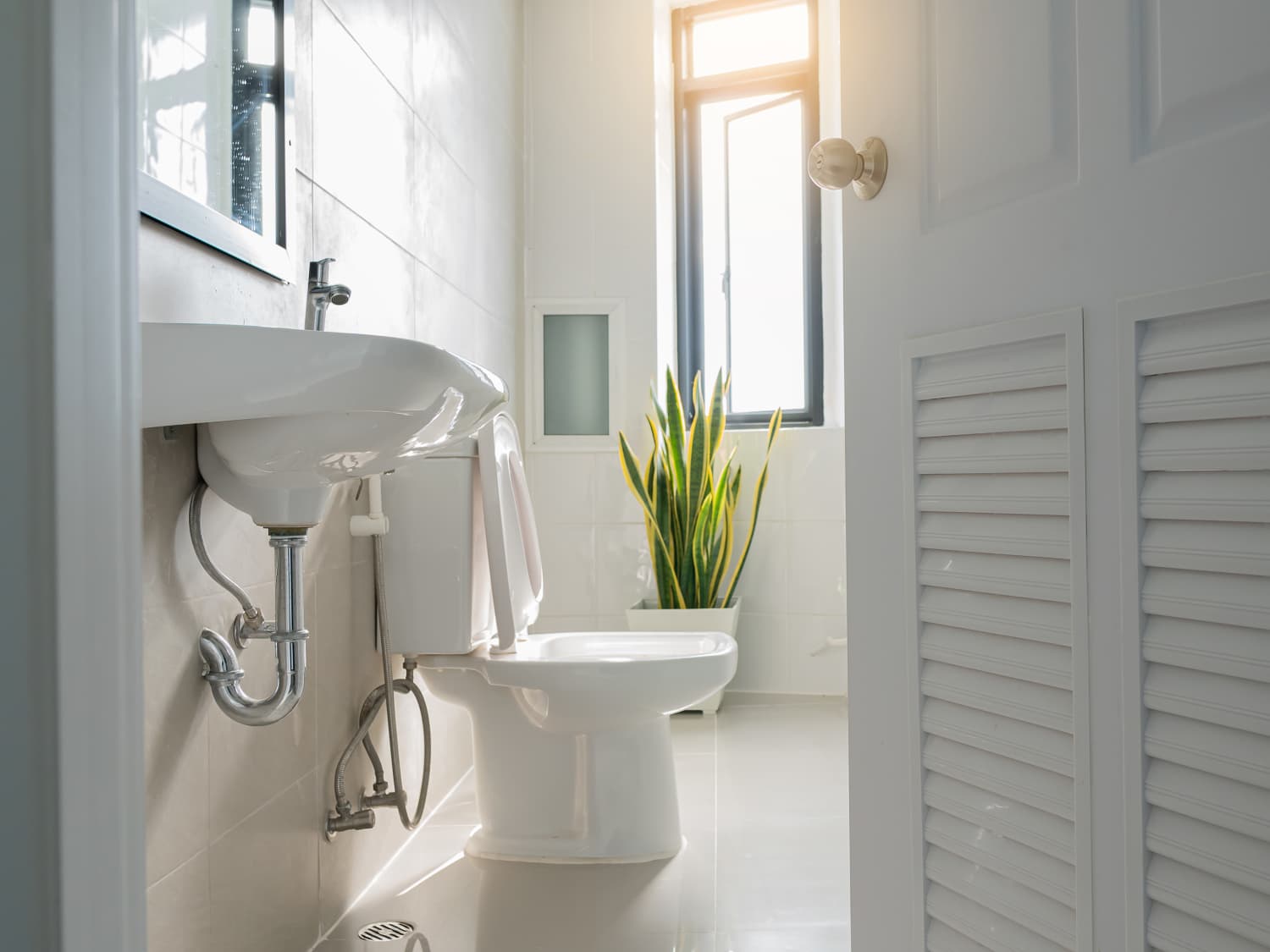

Bathroom Accessories
How To Remove Black Stain In Toilet Bowl
Modified: March 25, 2024
Learn effective methods for removing black stains from your toilet bowl with the right bathroom accessories. Say goodbye to stubborn stains for a sparkling clean bathroom.
(Many of the links in this article redirect to a specific reviewed product. Your purchase of these products through affiliate links helps to generate commission for Storables.com, at no extra cost. Learn more)
Introduction
Black stains in a toilet bowl can be unsightly and frustrating to deal with. They not only detract from the overall cleanliness of the bathroom but also pose a challenge when it comes to removing them. Understanding the cause of these stubborn stains and knowing effective methods for their removal is essential for maintaining a sparkling clean toilet.
In this comprehensive guide, we will delve into the various factors that contribute to the formation of black stains in toilet bowls and explore common and natural remedies for effectively eliminating them. Additionally, we will discuss preventive measures to help you avoid the recurrence of these stubborn stains in the future.
By gaining a deeper understanding of the underlying causes and implementing the right cleaning and maintenance strategies, you can restore your toilet bowl to its pristine condition and ensure that it remains free from black stains. Let's embark on this journey to uncover the secrets of banishing black stains and maintaining a hygienic and visually appealing bathroom space.
Key Takeaways:
- Say goodbye to black stains in your toilet bowl by using natural remedies like vinegar, baking soda, and lemon juice. Prevent future stains with regular cleaning, proper ventilation, and water softening for a sparkling clean bathroom.
- Combat black stains with commercial cleaners, mechanical tools, and natural remedies like vinegar and baking soda. Prevent future stains by maintaining a regular cleaning schedule, ensuring proper ventilation, and using preventive toilet bowl cleaners.
Read more: How To Remove Tough Stains In Toilet Bowl
Understanding the Cause of Black Stains in Toilet Bowl
Black stains in a toilet bowl are often a result of various factors, including mineral deposits, mold, mildew, and bacterial growth. Understanding these underlying causes is crucial in effectively addressing and preventing the recurrence of these unsightly stains.
Mineral deposits, such as manganese and iron, can accumulate in the toilet bowl over time, especially in areas with hard water. When these minerals come into contact with the porcelain surface of the toilet bowl and are exposed to moisture, they can oxidize and form stubborn black stains. Additionally, the presence of mold and mildew, which thrive in damp and poorly ventilated environments, can contribute to the development of black stains. These fungi not only discolor the toilet bowl but also pose potential health risks.
Furthermore, bacterial growth, particularly sulfur-reducing bacteria, can lead to the formation of black stains. These bacteria thrive in environments with low oxygen levels, such as the sediments found in toilet bowl water. As they metabolize sulfur compounds, they produce black iron sulfide, which manifests as dark stains in the toilet bowl.
In some cases, the use of certain cleaning products containing harsh chemicals can also contribute to the formation of black stains. Residual chemical reactions from these products, when combined with mineral deposits and organic matter, can result in discoloration and staining of the toilet bowl surface.
Understanding these diverse causes of black stains in toilet bowls underscores the importance of implementing targeted cleaning and maintenance practices. By addressing the specific factors contributing to the stains, such as mineral buildup, microbial growth, and chemical residues, it becomes possible to effectively remove the stains and prevent their recurrence. In the subsequent sections, we will explore common and natural methods for removing black stains, as well as preventive measures to maintain a pristine toilet bowl.
Common Methods for Removing Black Stains
When it comes to tackling black stains in a toilet bowl, several common methods have proven to be effective in restoring the porcelain surface to its original pristine condition. These methods leverage the use of commercial cleaning products, household items, and mechanical cleaning techniques to eliminate the stubborn stains. Here are some widely used approaches for removing black stains from toilet bowls:
-
Commercial Cleaning Products: Many commercially available toilet bowl cleaners are specifically formulated to target tough stains, including black discoloration. These products often contain powerful chemical agents, such as hydrochloric acid or bleach, which can effectively dissolve mineral deposits, mold, and mildew. When using these products, it is crucial to follow the manufacturer's instructions carefully and ensure adequate ventilation in the bathroom to minimize exposure to harsh fumes.
-
Mechanical Cleaning Tools: For stubborn black stains that resist conventional cleaning methods, mechanical cleaning tools such as pumice stones or abrasive scrubbing pads can be employed. These tools allow for targeted scrubbing of the affected areas, helping to physically dislodge and remove the stains. It is important to exercise caution when using abrasive tools to avoid damaging the porcelain surface of the toilet bowl.
-
Vinegar and Baking Soda: A natural and eco-friendly approach involves using a combination of vinegar and baking soda to tackle black stains. The acidic nature of vinegar helps dissolve mineral deposits, while the abrasive action of baking soda aids in scrubbing away the stains. By creating a paste with these two ingredients and applying it to the affected areas, followed by thorough scrubbing, it is possible to achieve significant stain removal.
-
Bleach Solution: Diluted bleach can be an effective agent for combating black stains in a toilet bowl. The disinfectant properties of bleach not only help eliminate microbial growth but also aid in breaking down and removing stubborn discoloration. Care should be taken when using bleach, and it is essential to avoid mixing it with other cleaning products to prevent potentially harmful chemical reactions.
-
Enzymatic Cleaners: Enzymatic cleaners, which contain specialized enzymes that target organic matter and microbial residues, can be effective in removing black stains caused by mold, mildew, and bacterial growth. These cleaners work by breaking down the organic components of the stains, facilitating their removal during regular flushing and cleaning routines.
By leveraging these common methods for removing black stains in a toilet bowl, it is possible to address the underlying causes of discoloration and restore the cleanliness and visual appeal of the bathroom fixture. However, it is important to assess the severity of the stains and choose the most suitable method based on the specific nature of the discoloration. Additionally, regular maintenance and preventive measures can help minimize the recurrence of black stains, ensuring a consistently clean and hygienic toilet bowl.
Natural Remedies for Removing Black Stains
In addition to commercial cleaning products and mechanical cleaning tools, natural remedies offer an eco-friendly and non-toxic approach to removing black stains from a toilet bowl. These remedies harness the power of common household items, such as vinegar, baking soda, and lemon juice, to effectively combat stubborn discoloration. By incorporating these natural alternatives into your cleaning routine, you can achieve impressive results while minimizing exposure to harsh chemicals.
Vinegar and Baking Soda
The combination of vinegar and baking soda is a versatile and potent solution for tackling black stains in a toilet bowl. Vinegar, with its acidic properties, helps dissolve mineral deposits and organic matter, while baking soda serves as a gentle abrasive agent for scrubbing away the stains. To utilize this natural remedy, start by pouring a generous amount of vinegar into the toilet bowl and allowing it to sit for several hours or overnight. Next, sprinkle baking soda directly onto the stains and use a toilet brush to scrub the affected areas vigorously. The effervescent reaction between the vinegar and baking soda helps loosen and lift the stubborn stains, resulting in a noticeably cleaner toilet bowl.
Read more: How To Remove Urine Stains From Toilet Bowl
Lemon Juice
Lemon juice, renowned for its natural bleaching and disinfecting properties, can be employed to combat black stains in a toilet bowl. The citric acid present in lemon juice effectively breaks down mineral deposits and discoloration, while its refreshing scent leaves the bathroom smelling clean and fresh. To utilize this natural remedy, squeeze fresh lemon juice directly onto the black stains and allow it to sit for an hour. Afterward, use a toilet brush to scrub the treated areas, leveraging the acidic action of the lemon juice to help lift and remove the stains. This natural approach not only aids in stain removal but also contributes to a naturally fresh and sanitized toilet bowl.
Borax
Borax, a naturally occurring mineral compound, is another effective natural remedy for combating black stains in a toilet bowl. Its alkaline nature makes it particularly adept at breaking down mineral deposits and organic residues. To use borax for stain removal, sprinkle a moderate amount into the toilet bowl and allow it to sit for a few hours. Subsequently, use a toilet brush to scrub the stained areas, leveraging the abrasive action of borax to help dislodge and remove the discoloration. This natural approach offers a gentle yet effective means of restoring the cleanliness and luster of the toilet bowl.
By incorporating these natural remedies into your cleaning regimen, you can effectively address black stains in a toilet bowl while embracing environmentally friendly and non-toxic cleaning practices. These natural alternatives not only deliver impressive stain removal results but also contribute to a healthier and more sustainable approach to maintaining a hygienic bathroom environment.
Preventing Future Black Stains in Toilet Bowl
Preventing the recurrence of black stains in a toilet bowl is essential for maintaining a consistently clean and visually appealing bathroom fixture. By implementing proactive measures and adopting a regular cleaning and maintenance routine, you can effectively minimize the factors that contribute to the formation of stubborn black stains. Here are several strategies to prevent future black stains in the toilet bowl:
Regular Cleaning Schedule
Consistent and thorough cleaning is paramount in preventing the buildup of mineral deposits, mold, mildew, and bacterial growth that lead to black stains. Establishing a regular cleaning schedule, which includes the use of effective cleaning products or natural remedies, helps to remove potential sources of discoloration before they have the chance to accumulate and form stubborn stains. By incorporating toilet bowl cleaning into your routine household maintenance, you can proactively address the factors that contribute to black stains.
Proper Ventilation
Ensuring adequate ventilation in the bathroom is crucial for preventing the growth of mold, mildew, and bacteria, all of which can contribute to black stains in the toilet bowl. Proper ventilation helps to reduce moisture levels and promote air circulation, creating an environment less conducive to the development of these unsightly stains. Utilizing exhaust fans or opening windows during and after showering or bathing can significantly aid in maintaining a dry and well-ventilated bathroom space.
Water Softening
In areas with hard water, where mineral deposits are more likely to accumulate in the toilet bowl, installing a water softening system can be an effective preventive measure. Water softeners work to reduce the concentration of minerals, such as calcium and magnesium, in the water supply, thereby minimizing the buildup of scale and discoloration in the toilet bowl. By addressing the root cause of mineral deposits, water softening contributes to the prevention of black stains.
Regular Maintenance of Toilet Components
Regular inspection and maintenance of toilet components, including the tank, flapper, and fill valve, can help prevent the occurrence of black stains. Malfunctions or leaks in the toilet's internal mechanisms can lead to stagnant water and sediment buildup, creating an environment conducive to bacterial growth and discoloration. By promptly addressing any issues and ensuring proper functioning of the toilet, you can mitigate the risk of black stains.
Use of Toilet Bowl Cleaners with Preventive Properties
Selecting toilet bowl cleaners that contain preventive properties, such as anti-microbial agents or surface protectants, can aid in inhibiting the formation of black stains. These specialized cleaners not only remove existing stains but also create a protective barrier that hinders the adherence of mineral deposits and microbial growth. By incorporating these preventive cleaners into your regular cleaning routine, you can proactively safeguard against the recurrence of black stains.
By integrating these preventive strategies into your bathroom maintenance practices, you can effectively minimize the occurrence of black stains in the toilet bowl, ensuring a consistently clean and inviting bathroom environment. Implementing these measures not only contributes to the aesthetic appeal of the bathroom but also promotes a hygienic and well-maintained toilet bowl.
Frequently Asked Questions about How To Remove Black Stain In Toilet Bowl
Was this page helpful?
At Storables.com, we guarantee accurate and reliable information. Our content, validated by Expert Board Contributors, is crafted following stringent Editorial Policies. We're committed to providing you with well-researched, expert-backed insights for all your informational needs.
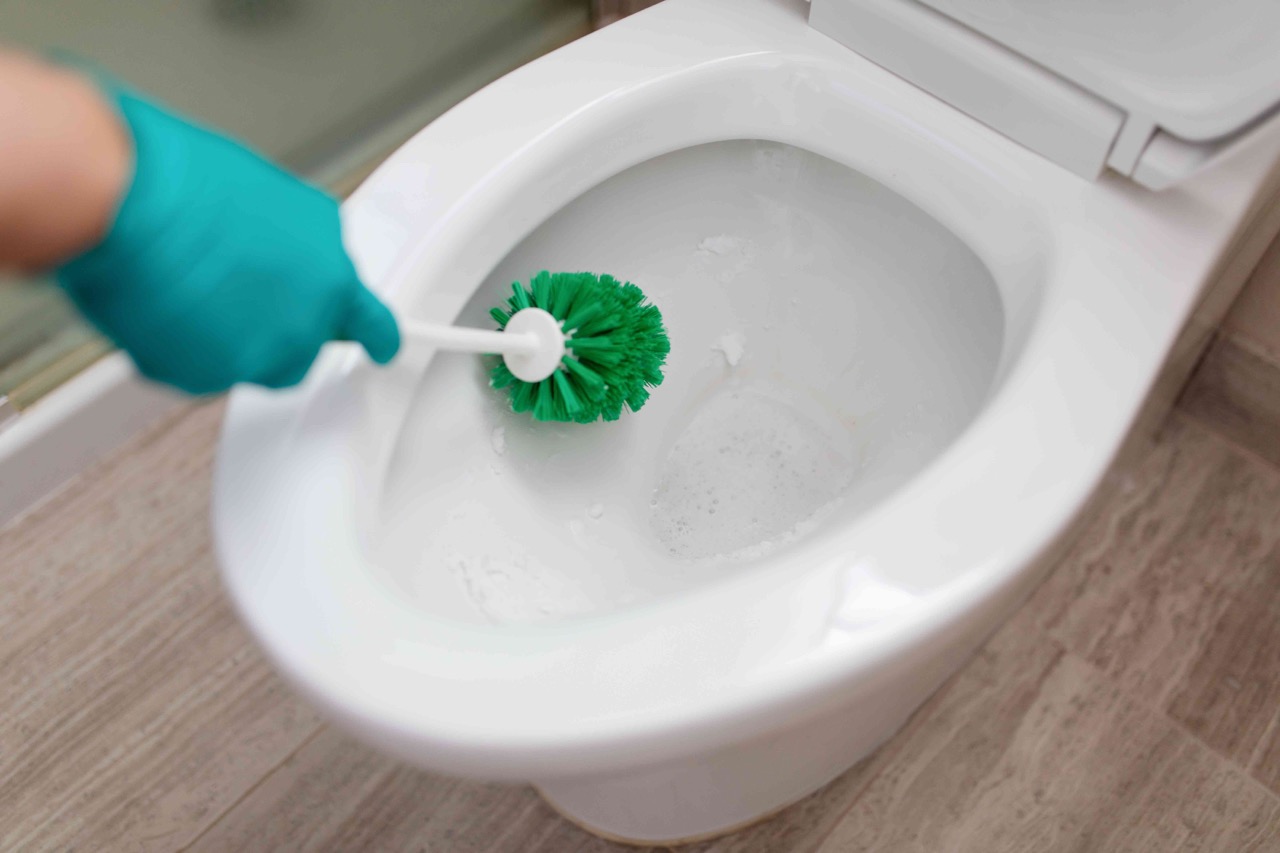
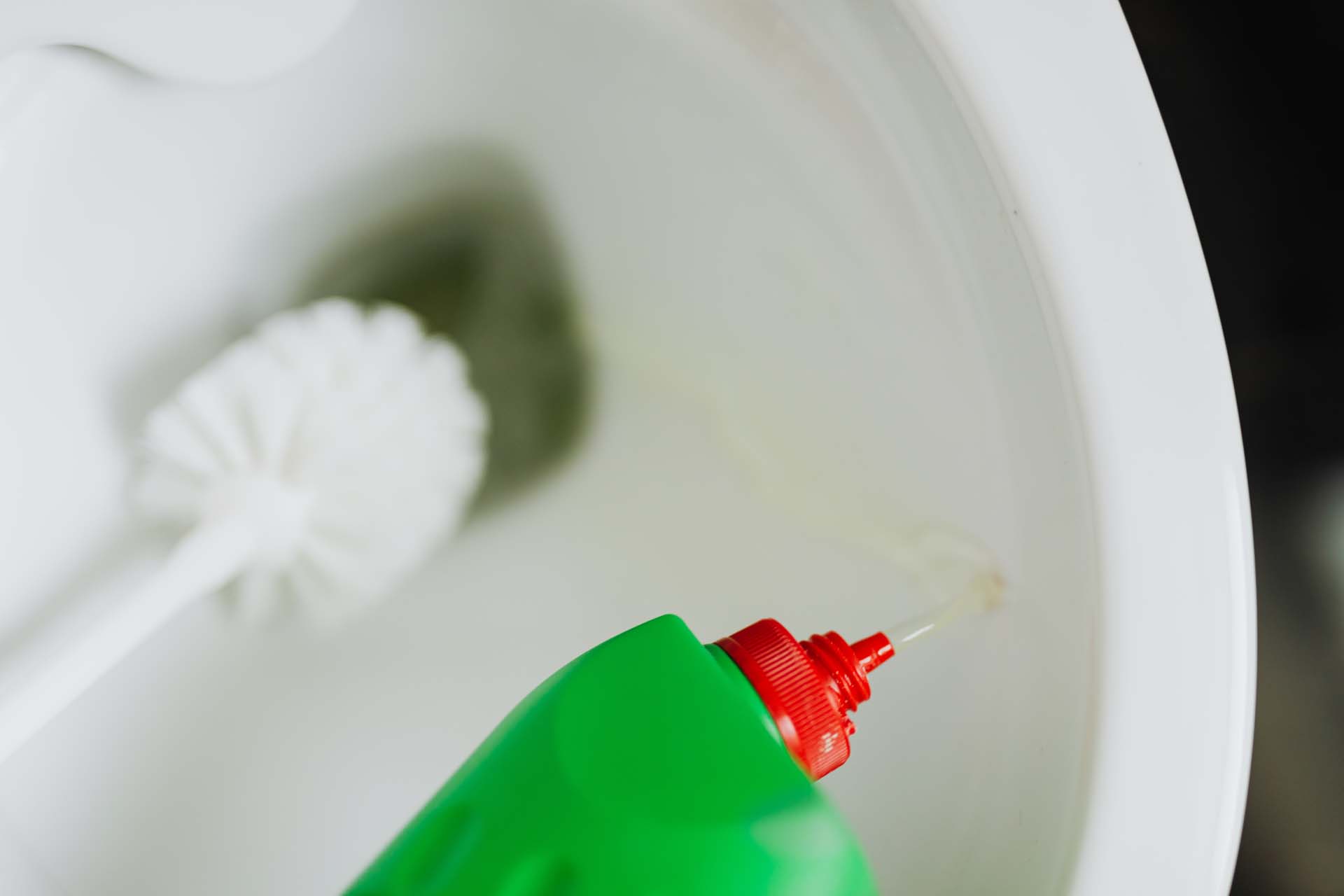
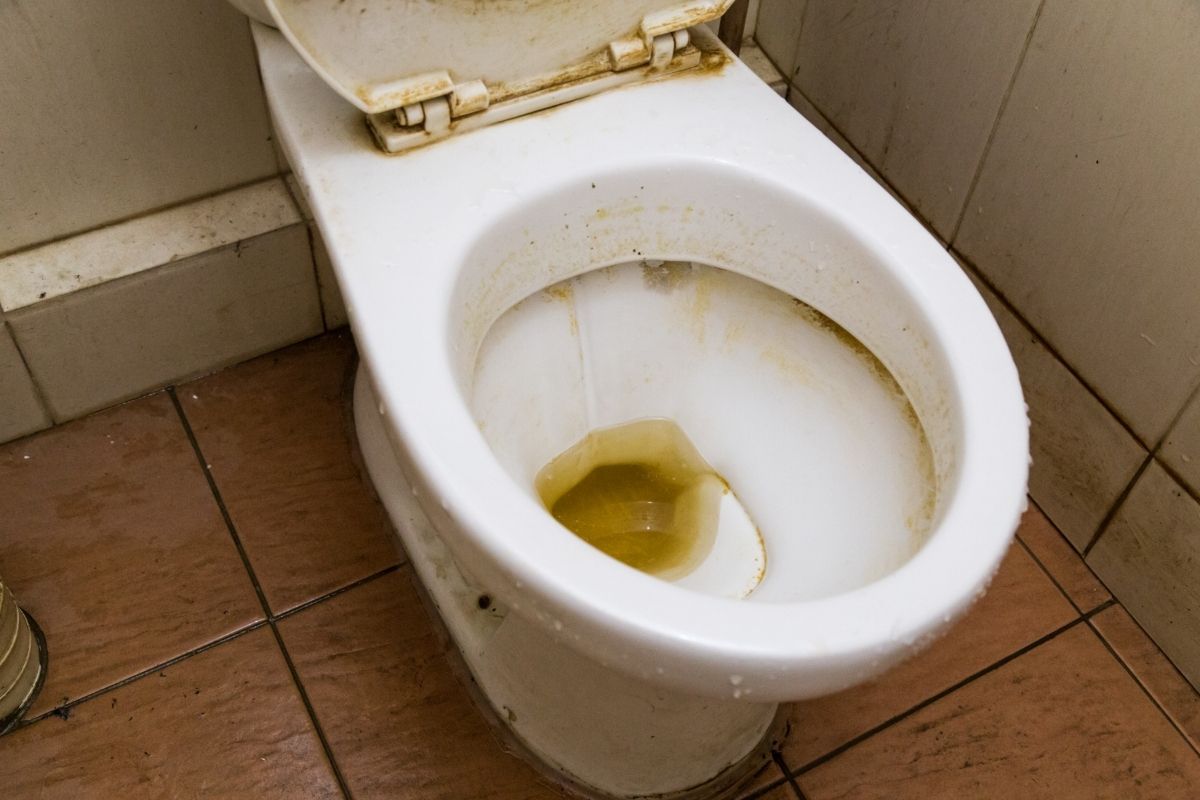
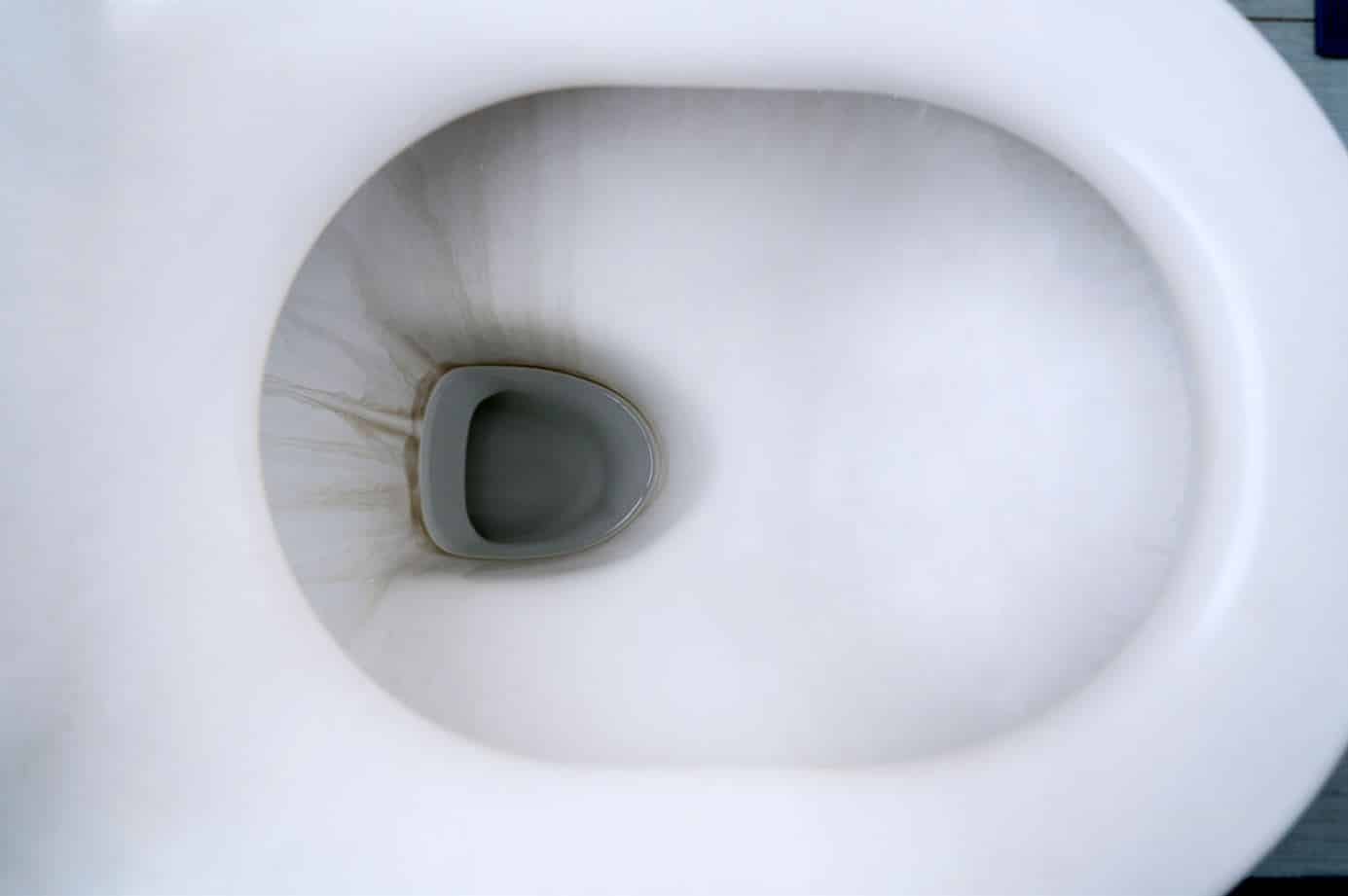
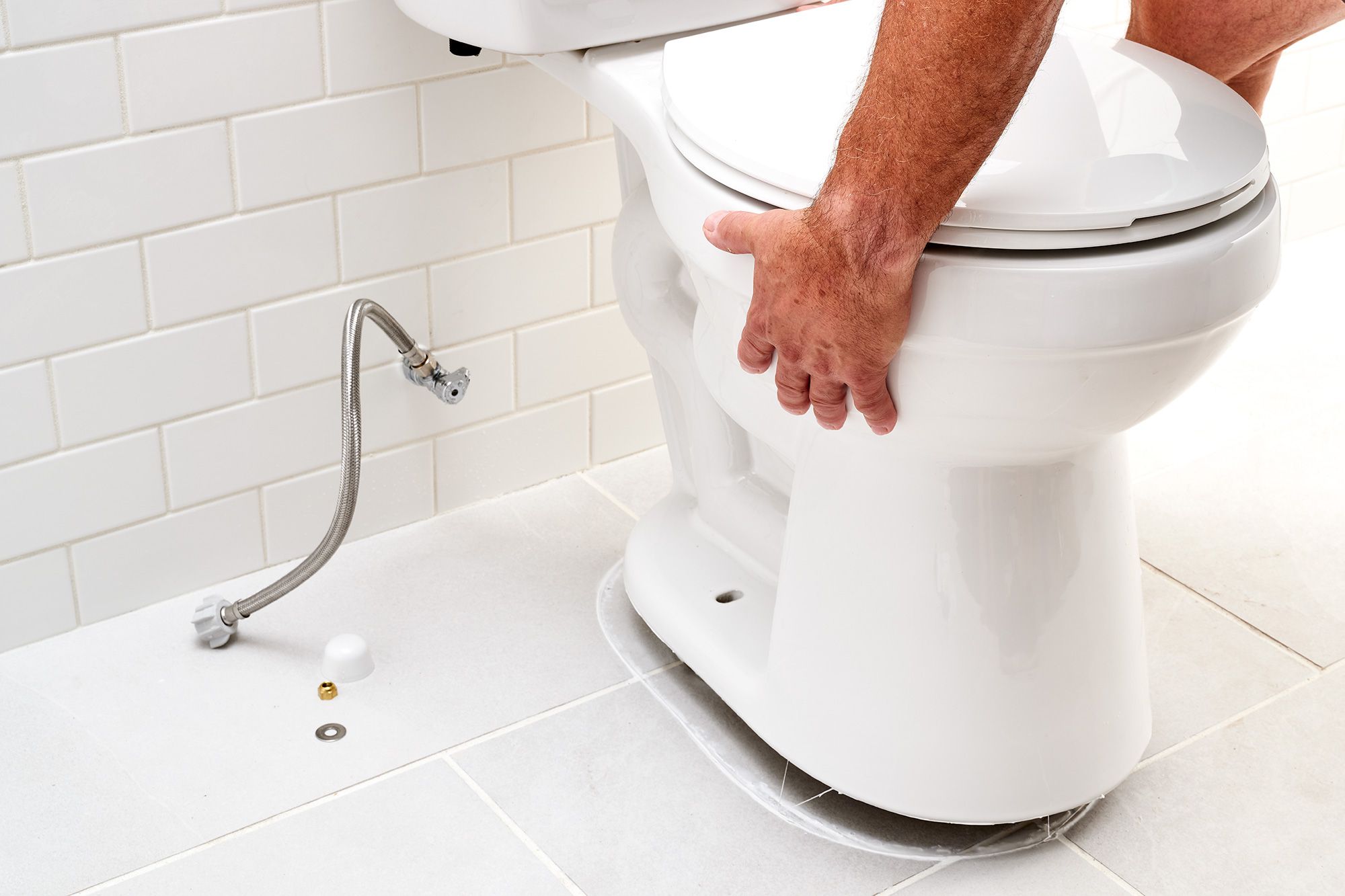
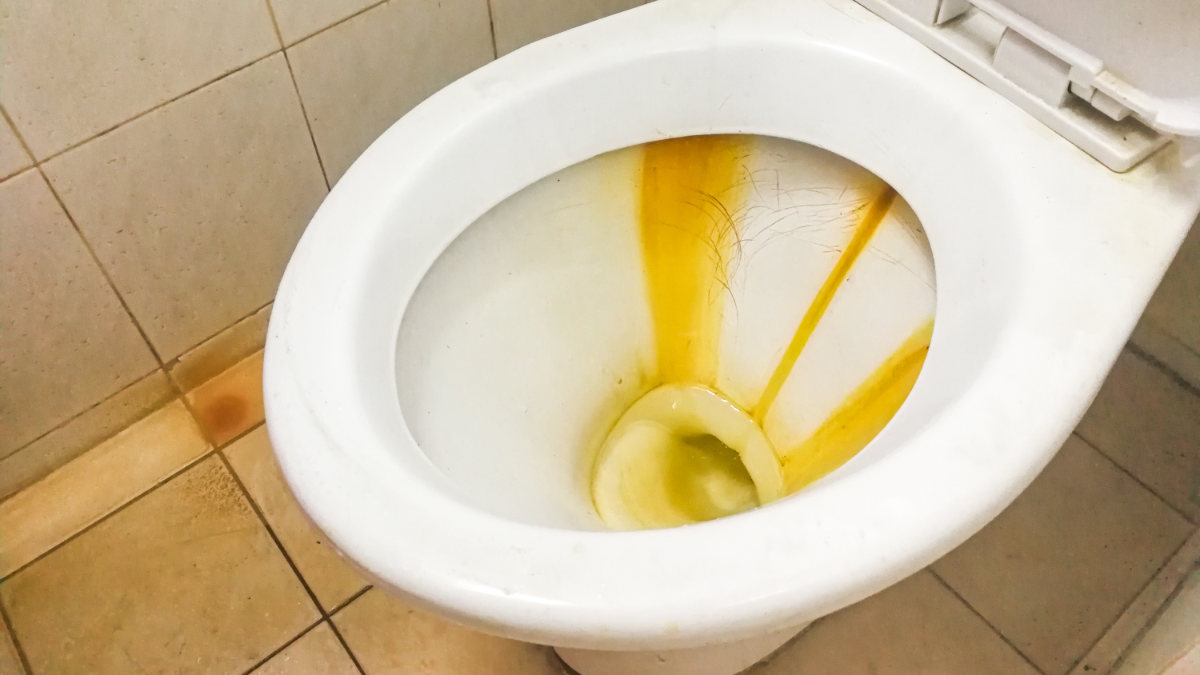
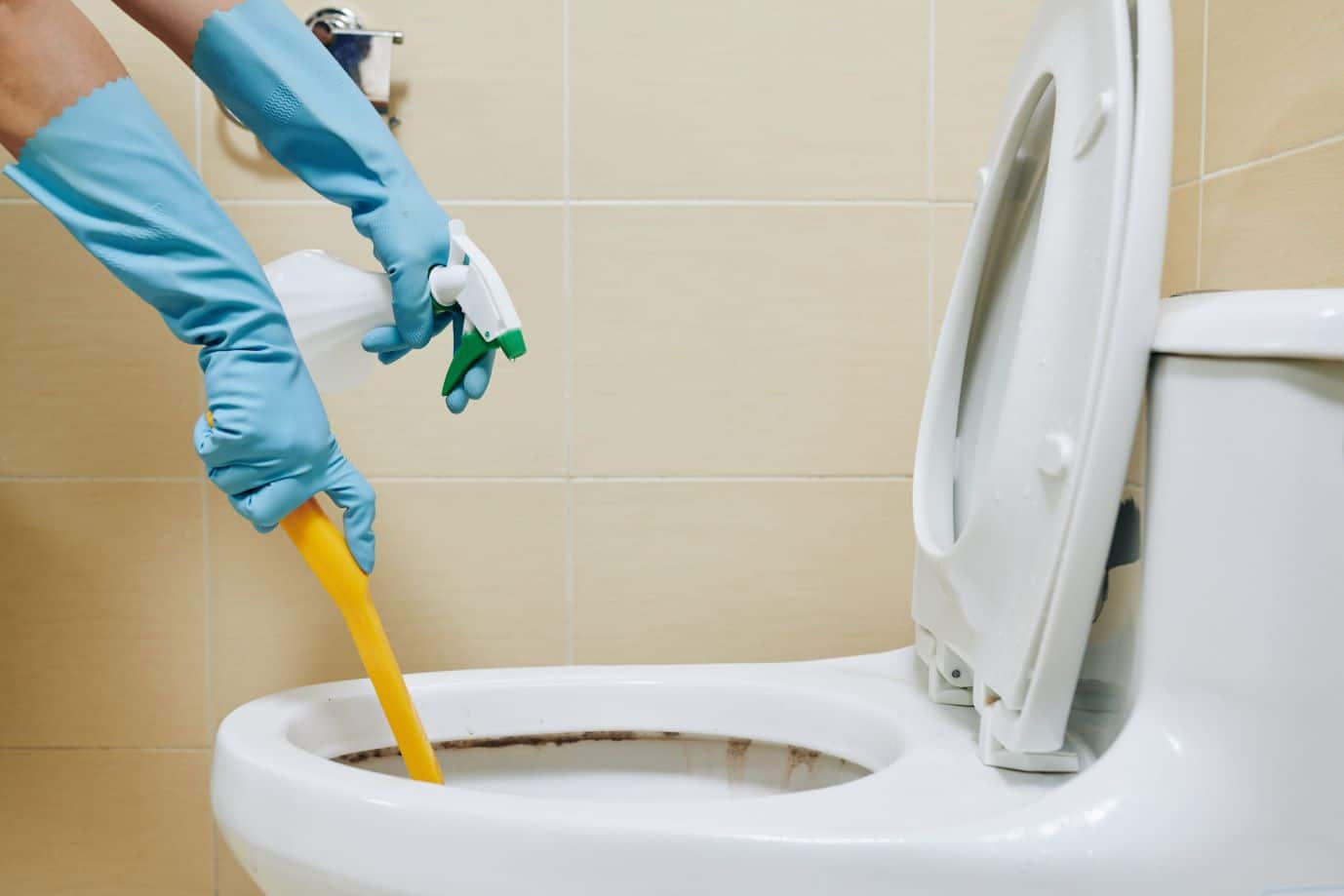
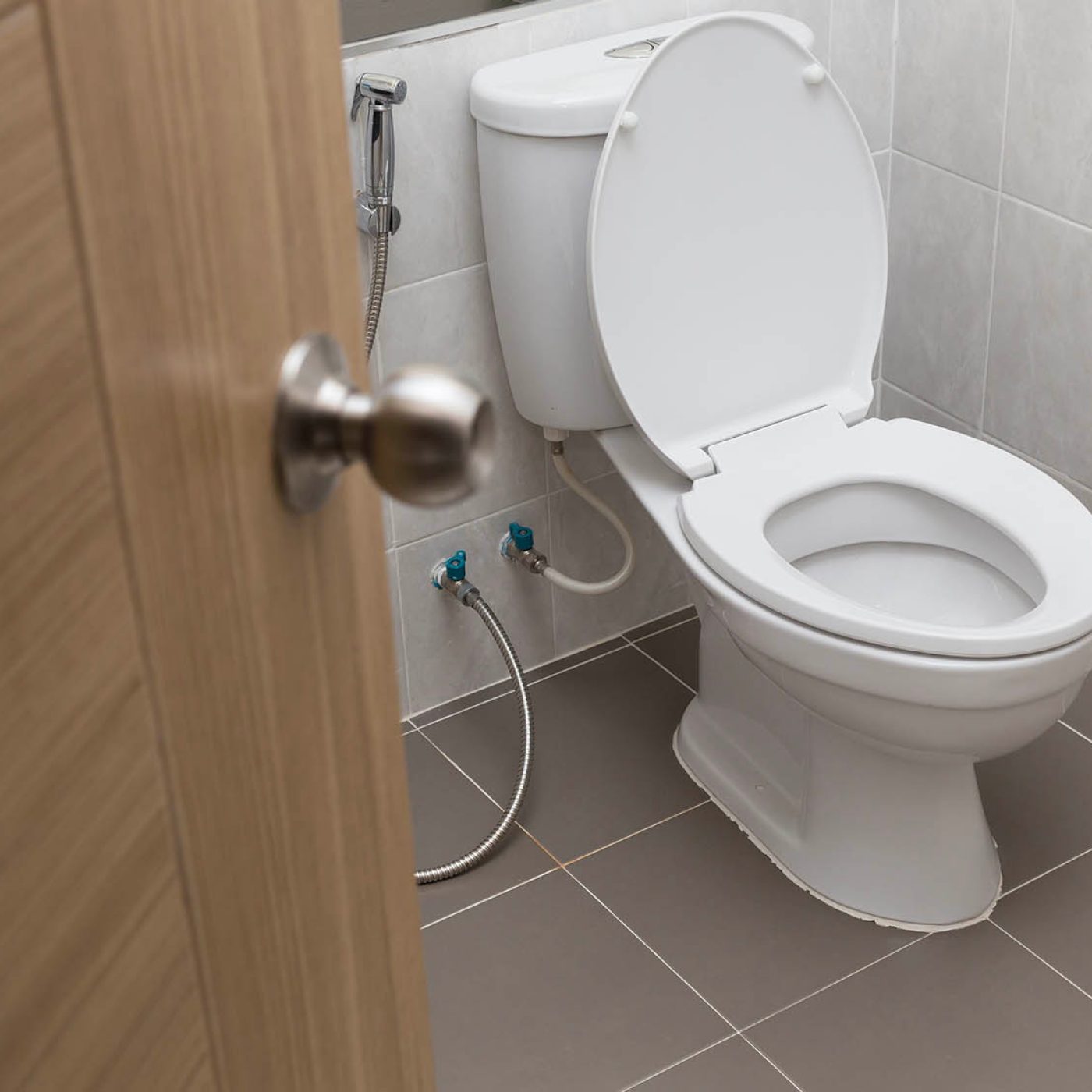
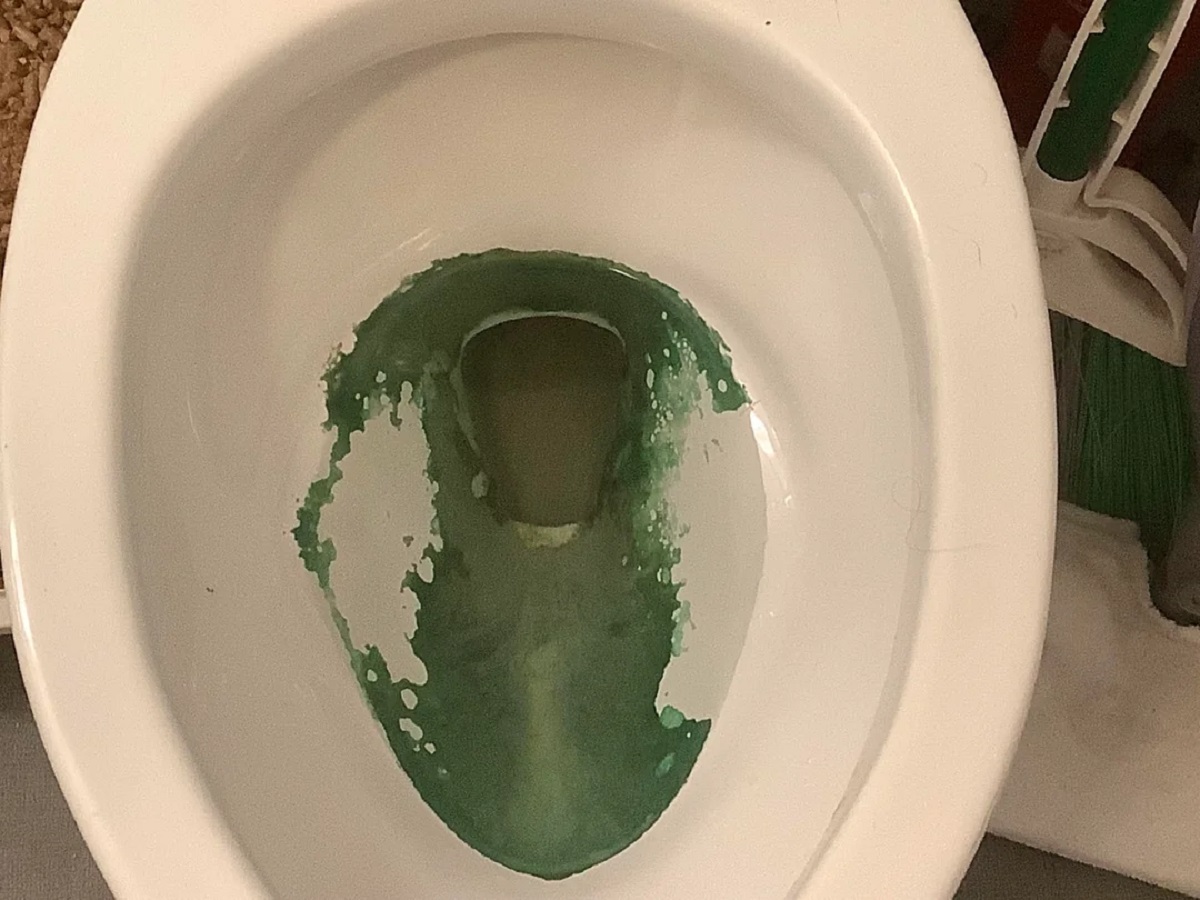
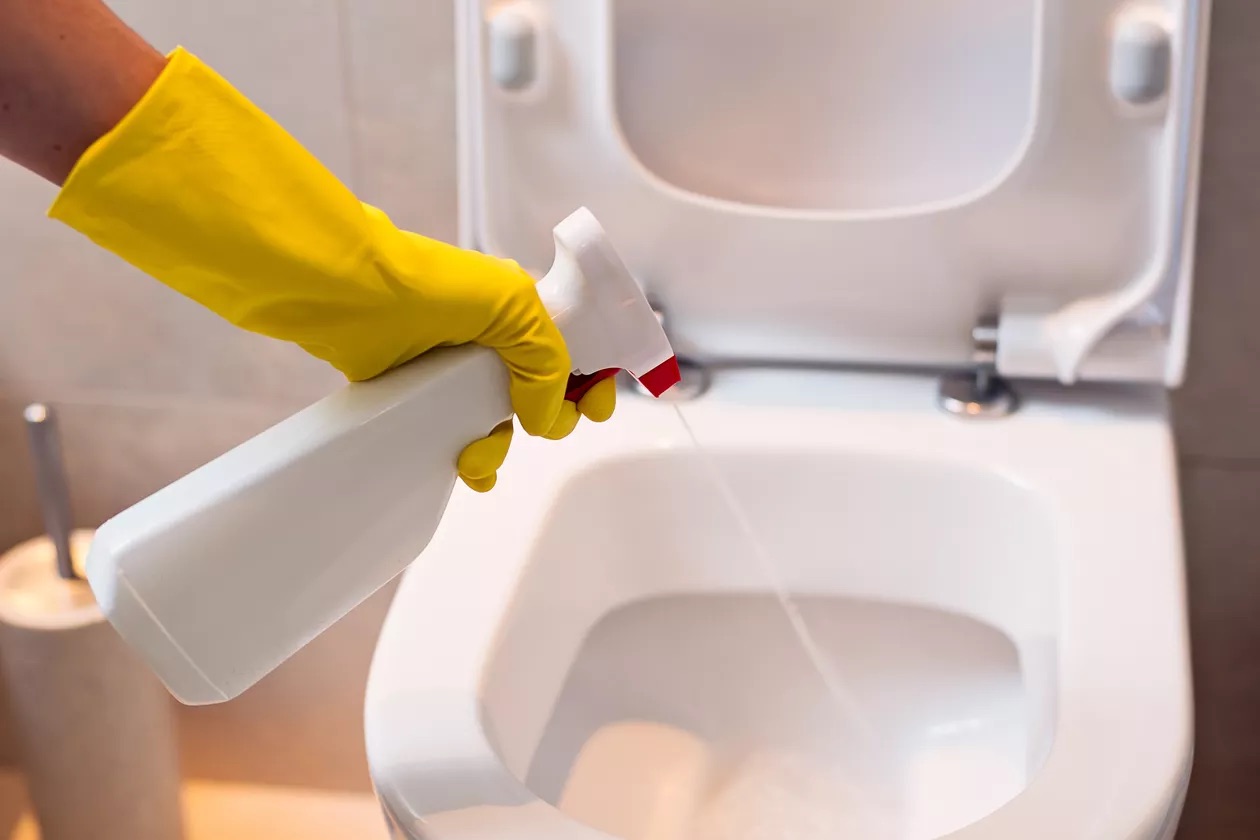
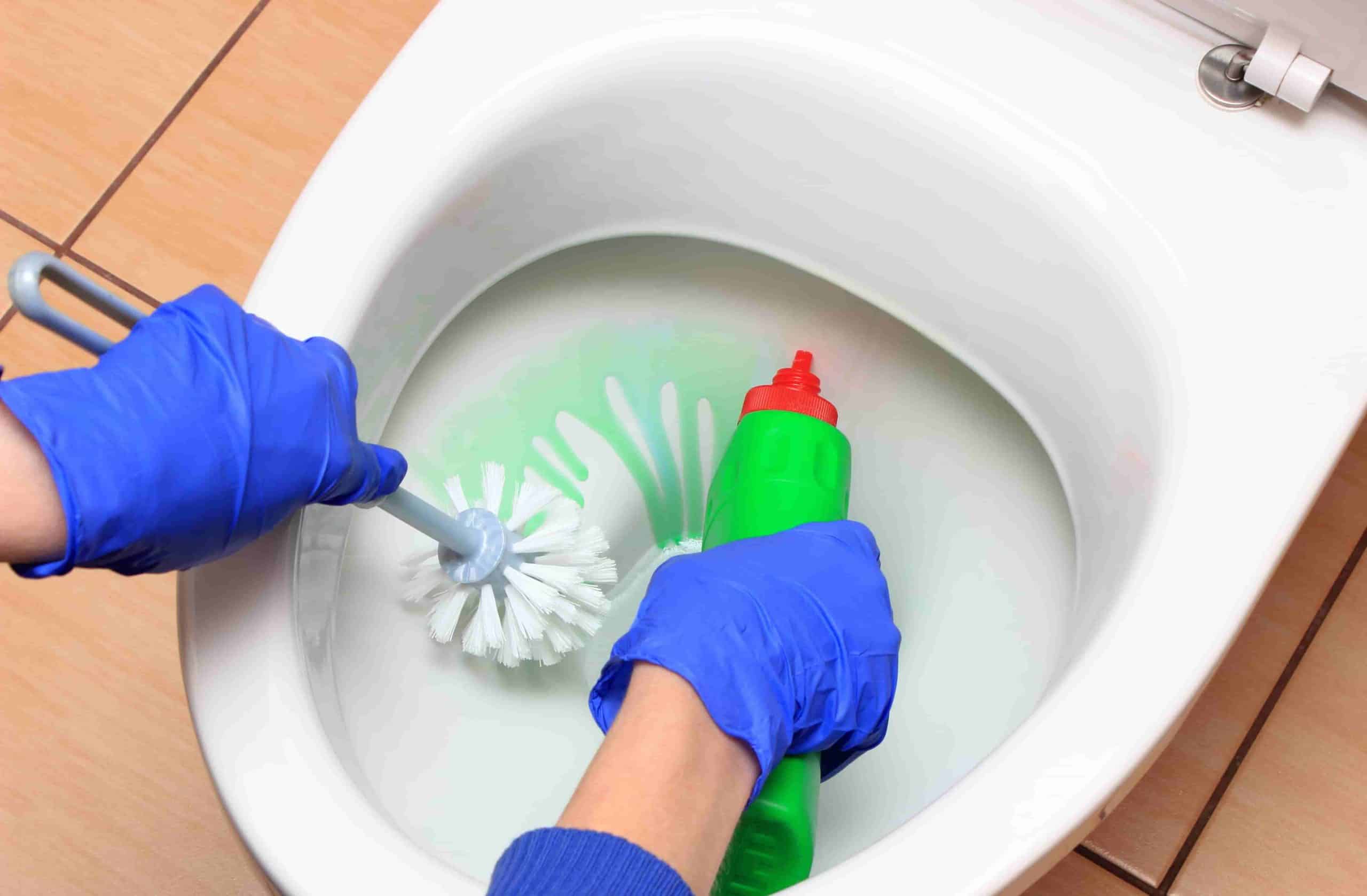
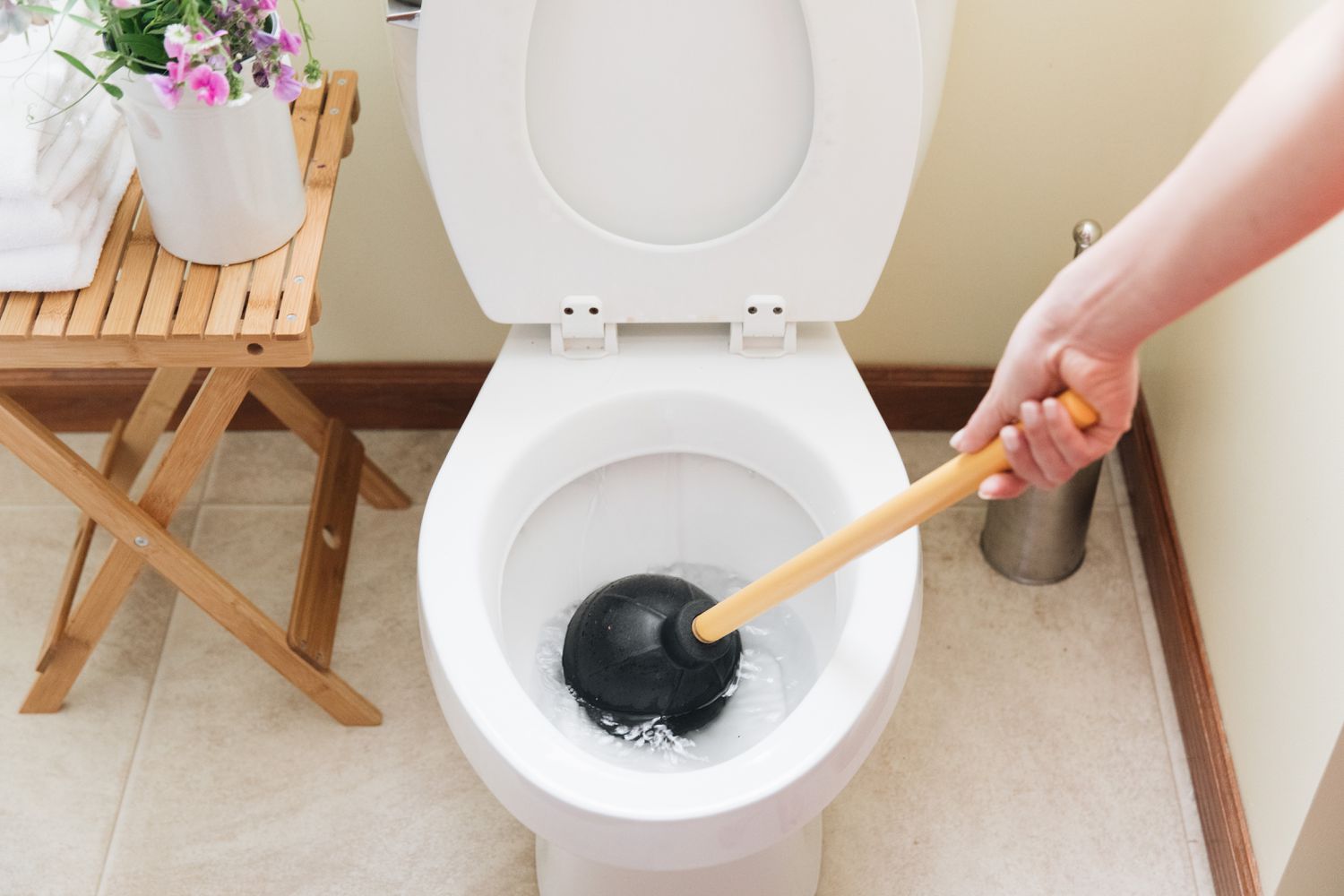
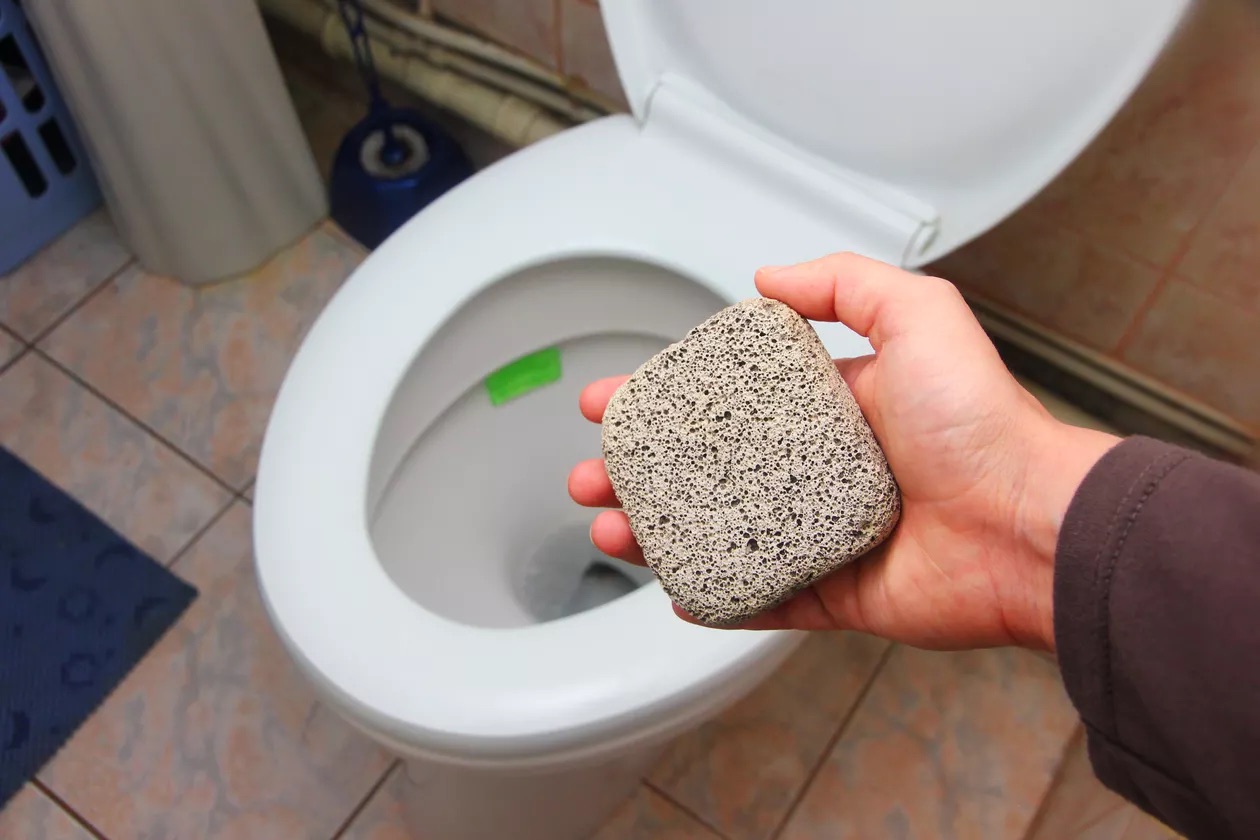

0 thoughts on “How To Remove Black Stain In Toilet Bowl”